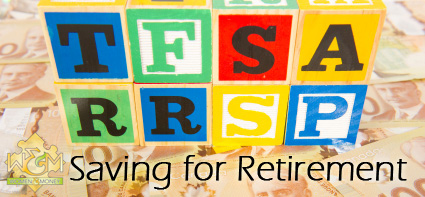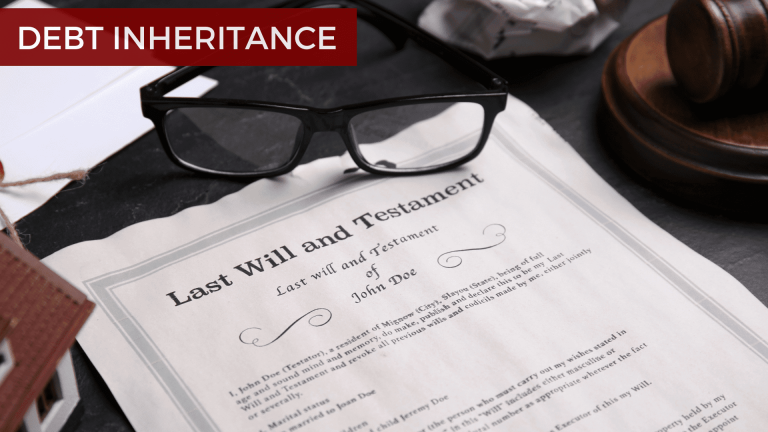The Canadian Pension Plan pays to all Canadian seniors over 65 who have made a CPP contribution, however the payments are below the poverty line in most cities in terms of the cost of living. Do you want to work all your life only to be impoverished when you are old, and unable to do anything about it? Do you want to work until you are 65, or would you prefer to retire earlier? You will need to have a savings plan for retirement beyond the CPP contributions deducted from your income.
When Should I Start Saving for My Retirement?
Now, start saving for your retirement now because it is never too late or too early! Even if you are trying to pay off debt, or save for big purchases, do not put off saving for retirement at the same time. The earlier you start, the more you will save, which will provide more security and happiness for you later in life.
How much Should I Save For Retirement?
Experts have advised to save between 10-18% of your annual gross income towards retirement. Consider what kind of lifestyle you intend to have during your retirement – do you plan to do a lot of traveling, continuing a high consumerist lifestyle, or maintaining expensive hobbies? With so much free time on your hands, it could be easy to spend even more money during your retirement than you do while working. Also, you will need to be able to pay for your own medical care and expenses as you age. Will you pay for a maid, on-call nurse, etc. as you become less able to do things yourself, or do you intend to move into a retirement facility/community? In order to know how much to save, you need to envision what your retirement will look like and what the according costs will be. Spend some time thinking about your retired life, and doing some research into the options and costs.
What are the Best Ways to Save for Retirement?
- Pension
Back in the day, people worked for one company for essentially their entire adult life, paying all along into the company pension plan, and this was their main or only retirement money. These days, pensions are not as common, as employees tend to change companies and careers multiple times throughout their lives.
If you do not have a pension plan, you need to take the responsibility of saving for your own retirement and having the self-discipline to do it, because no one else is doing it for you.
- RRSP
RRSP, or Registered Retired Savings Plan, is the modern go to vehicle for saving for retirement. Every Canadian can open an RRSP account with a financial institution, or life insurance company and the money in that account can be used to invest in many different things like mutual funds, stocks, bonds, GICs, REITs, Income trusts, Exchange Traded Funds (ETFs) and more. Each has different risk assessments, expected growth rate and ideal time period for investment, so you should discuss with a retirement specialist or financial planner to learn more and decide which type of investment would be the best for your personal situation.
RRSPs provide two tax benefits: contributions are deductible on your annual income tax return, as well as the financial growth/gains within the investment are tax deferred. This means that you do not pay income tax on these gains until you remove the money from the RRSP account, at which time you will likely be retired, making less money and placed in a lower tax bracket than during your working years. Also it means that more money stays in the account during the re- investment and growth period, allowing for greater growth.
RRSPs have an annual contribution limit set each year by the government, or a calculation of your income (18% of your previous year’s earned income less your previous year’s pension adjustment), whichever is lower. The easiest way to know your annual contribution is to look at your Notice of Assessment from the CRA after your last tax return, which takes into account any carry-forward space, for your personal RRSP contribution limit.
- TFSA
Tax Free Savings Accounts are a relatively new tool for Canadians to save for retirement. Like RRSPs, TFSAs have tax-sheltered growth. However the money placed into a TFSA is not tax deductible during the year it is earned, and it is not taxed when removed from the TFSA. So if your marginal tax rate is lower at the time of contribution than it will be at retirement, you will come away with more money from a TFSA than an RRSP. However most people have a higher tax rate during their working and contributing years than their retirement and withdrawal years, so RRSPs would be best in that case. However, if you are able to pay your maximum RRSP contribution that is tax deductible and still have more to invest for retirement, then a TFSA would be a good second stage for retirement savings.
TSFAs also have contribution limits, so for those with more to invest, the next stage would be non RRSP investments.
- Non RRSP Investments
Non RRSP investments are any investment vehicle available that are not placed within the tax-sheltered RRSP – mutual funds, stocks, bonds, GICs, etc. See a financial planner for information and advice on using these investments.

